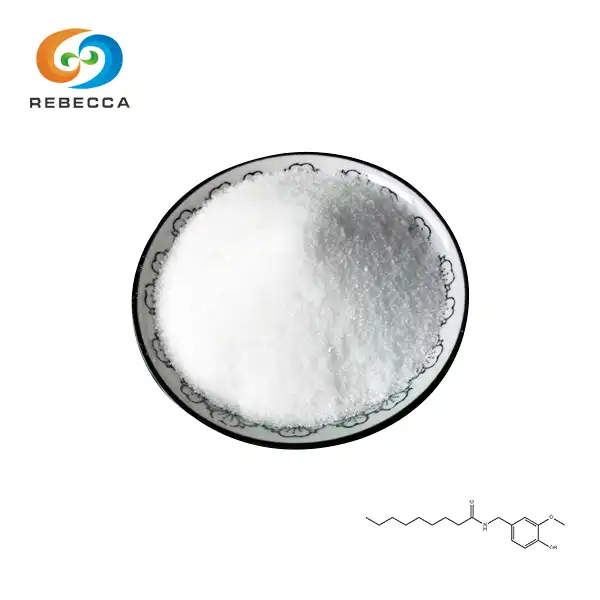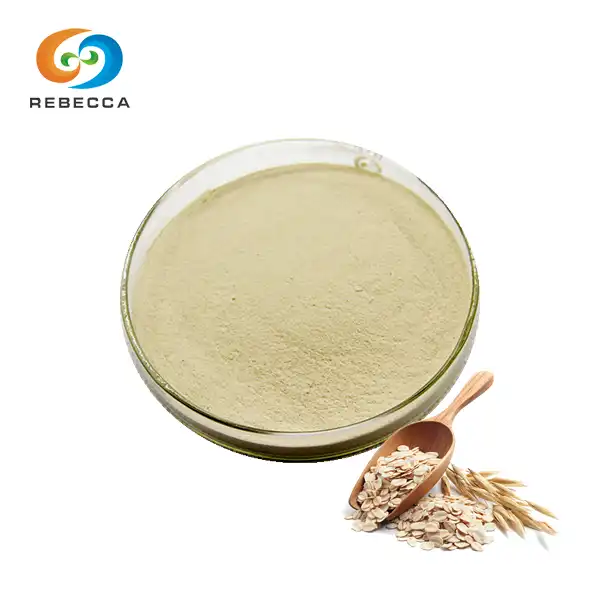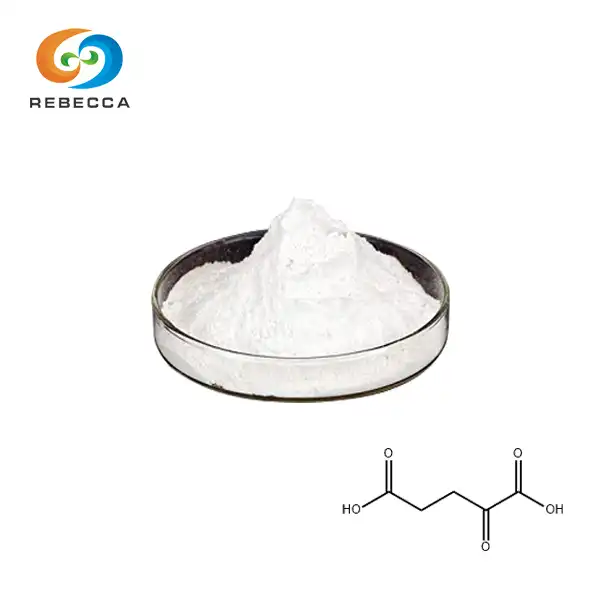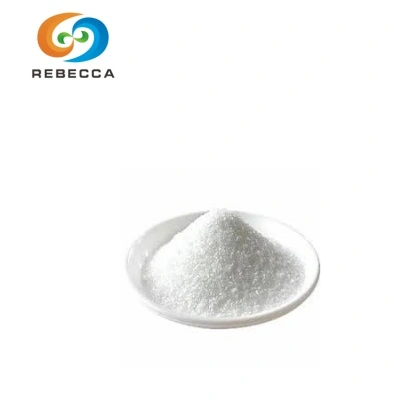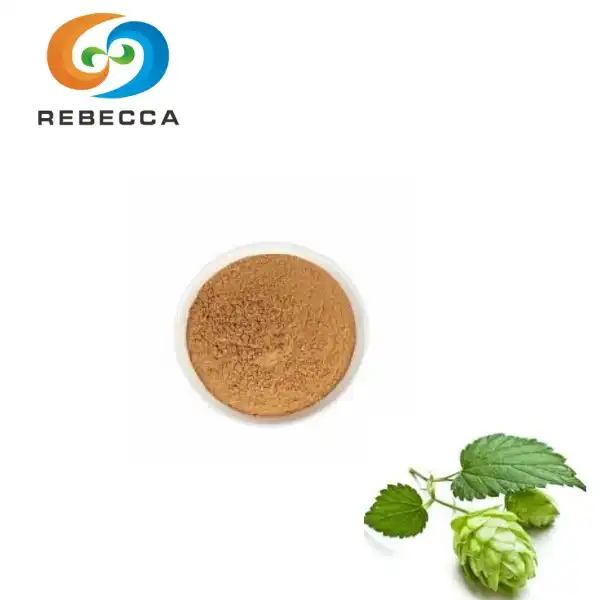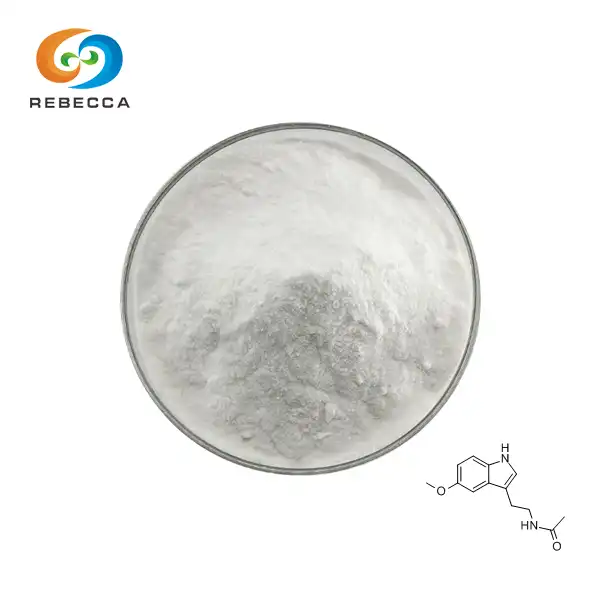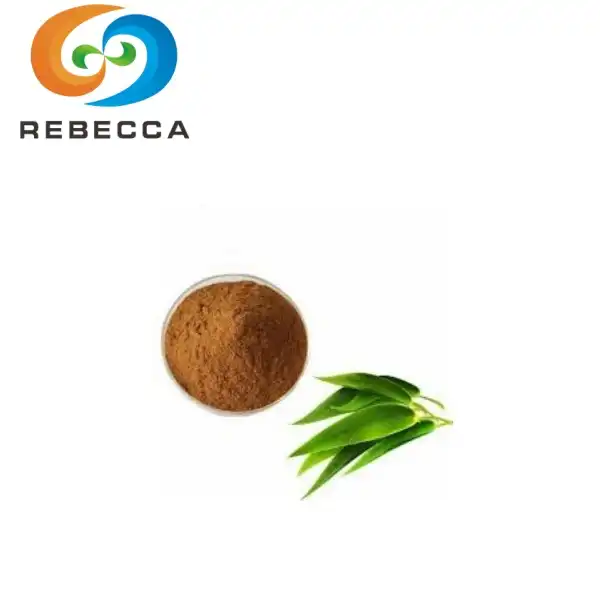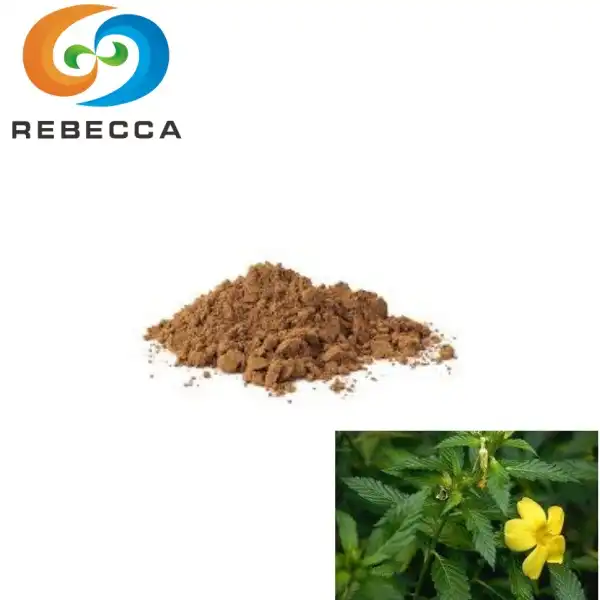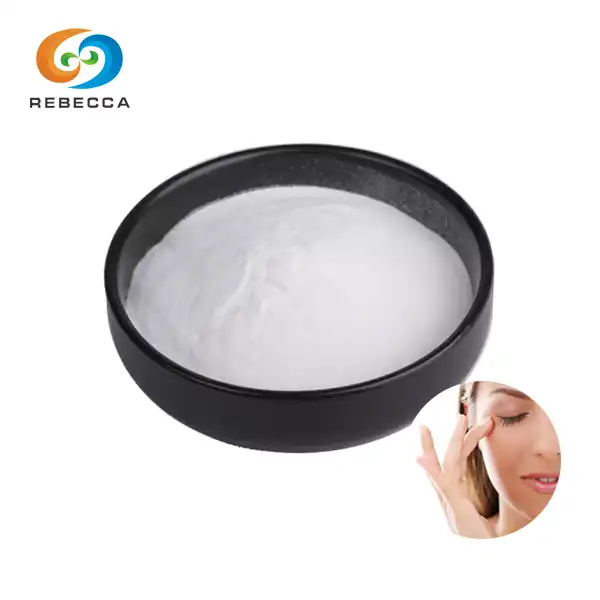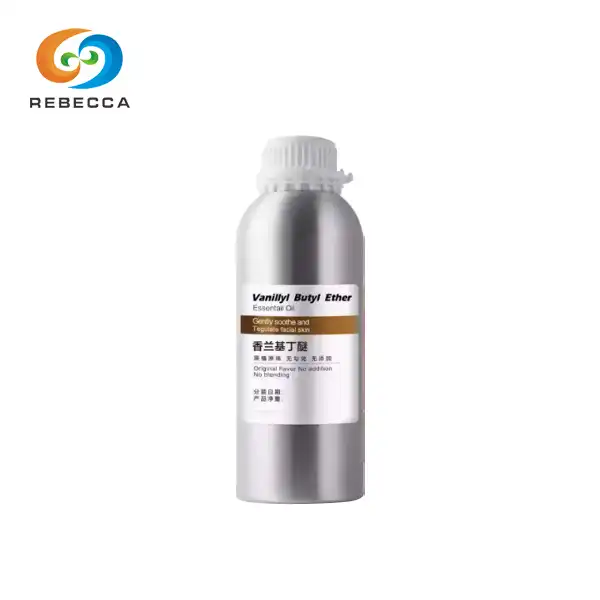How does L-ergothioneine compare to vitamin E?
In the world of antioxidants, L-ergothioneine and vitamin E are two powerful contenders that have garnered significant attention for their potential health benefits. While both compounds offer protective effects against oxidative stress, they possess unique characteristics that set them apart. This article, presented by a reputable L-ergothioneine powder factory, delves into the comparison between L-ergothioneine powder and vitamin E, exploring their antioxidant capabilities, skin protection benefits, and cellular defense mechanisms.
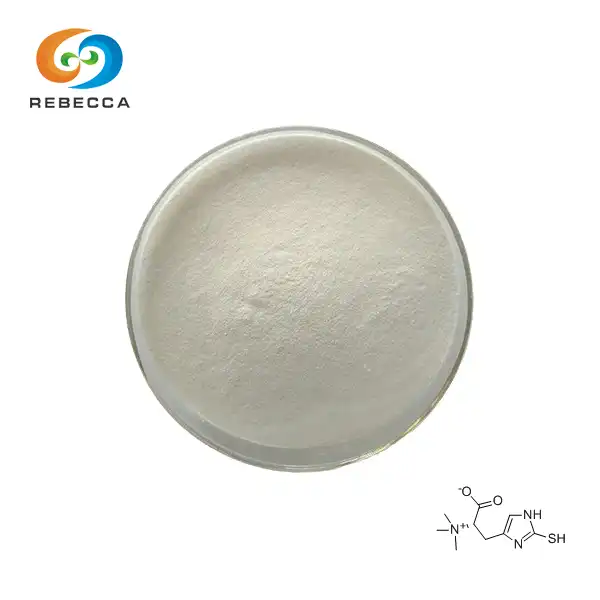
English name:L-Ergothioneine
Chemical Name:2-mercaptohistidine trimethylbetaine, EGT
CAS No.:497-30-3
Molecular Formula: C9H15 N3O2S
Specification: 99%
Appearance: White Crystalline Powder
Test Method: HPLC
L-ergothioneine vs Vitamin E Antioxidant Power
Understanding L-ergothioneine's Antioxidant Properties
L-ergothioneine powder, a naturally occurring amino acid derivative, has emerged as a potent antioxidant with remarkable properties. This white crystalline powder, with the chemical name 2-mercaptohistidine trimethylbetaine (EGT) and molecular formula C9H15N3O2S, boasts a unique structure that contributes to its exceptional antioxidant capabilities.
L-ergothioneine powder exhibits a remarkable ability to neutralize various reactive oxygen species (ROS) and free radicals. Its antioxidant power stems from its thione group, which can exist in both thione and thiol forms, allowing it to participate in redox reactions effectively. This versatility enables L-ergothioneine to scavenge a wide range of oxidants, including hydroxyl radicals, superoxide anions, and peroxynitrite.
Vitamin E's Antioxidant Mechanisms
Vitamin E, primarily in the form of α-tocopherol, is a well-known lipid-soluble antioxidant. Its antioxidant activity primarily revolves around its ability to break chain reactions of lipid peroxidation in cell membranes. Vitamin E accomplishes this by donating a hydrogen atom to lipid peroxyl radicals, effectively neutralizing them and preventing further damage to cellular structures.
While vitamin E's antioxidant properties are undoubtedly valuable, its action is predominantly limited to lipid-rich environments. This specificity contrasts with the more versatile nature of L-ergothioneine powder, which can function in both aqueous and lipid environments.
Comparative Antioxidant Efficiency
When comparing the antioxidant efficiency of L-ergothioneine powder and vitamin E, several factors come into play. L-ergothioneine demonstrates a broader spectrum of antioxidant activities, targeting multiple types of oxidants across various cellular compartments. Its ability to accumulate in tissues through specific transporters allows for sustained antioxidant protection.
In contrast, vitamin E's antioxidant action, while potent in lipid membranes, is more confined in scope. However, it's essential to note that vitamin E's role in preventing lipid peroxidation is crucial for maintaining cellular integrity.
Studies have shown that L-ergothioneine powder exhibits higher antioxidant capacity compared to vitamin E in certain assays. For instance, in DPPH radical scavenging assays, L-ergothioneine has demonstrated superior activity. However, it's important to recognize that these in vitro comparisons may not always directly translate to in vivo efficacy.
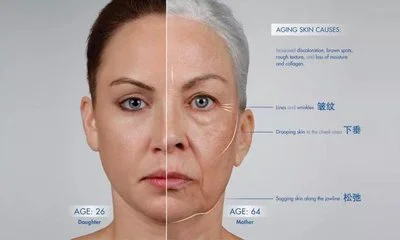
Skin Protection Benefits of L-ergothioneine Powder
L-ergothioneine's Role in Skin Health
L-ergothioneine powder has garnered significant interest in the realm of skin protection due to its unique properties and mechanisms of action. As a powerful antioxidant, it plays a crucial role in defending skin cells against oxidative stress, which is a major contributor to skin aging and damage.
The skin, being the body's largest organ and primary barrier against environmental stressors, is constantly exposed to various sources of oxidative stress, including UV radiation, pollution, and other environmental toxins. L-ergothioneine powder's ability to accumulate in skin cells through specific transporters allows it to provide long-lasting protection against these oxidative challenges.
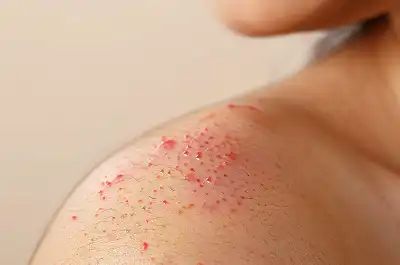
UV Protection and Anti-aging Effects
One of the most notable benefits of L-ergothioneine powder for skin health is its potential to protect against UV-induced damage. UV radiation is a primary cause of premature skin aging, leading to the formation of wrinkles, fine lines, and age spots. L-ergothioneine has been shown to mitigate UV-induced oxidative stress in skin cells, potentially reducing the risk of photoaging.
Moreover, L-ergothioneine powder's antioxidant properties extend beyond UV protection. It has been found to inhibit the activity of matrix metalloproteinases (MMPs), enzymes responsible for breaking down collagen and elastin in the skin. By preserving these structural proteins, L-ergothioneine may help maintain skin firmness and elasticity, contributing to a more youthful appearance.

Comparison with Vitamin E in Skin Care
While vitamin E is a well-established ingredient in skincare formulations, L-ergothioneine powder offers several unique advantages. Unlike vitamin E, which is primarily effective in lipid environments, L-ergothioneine can function in both aqueous and lipid phases of the skin. This versatility allows it to provide more comprehensive protection against various types of oxidative damage.
Furthermore, L-ergothioneine powder has demonstrated superior stability compared to vitamin E in skincare formulations. It is less prone to oxidation and degradation when exposed to light and air, potentially offering longer-lasting benefits in topical applications.
In terms of skin penetration, L-ergothioneine powder may have an advantage due to its specific cellular transporters. These transporters, such as OCTN1, facilitate the uptake of L-ergothioneine into skin cells, potentially leading to higher local concentrations and more effective protection compared to vitamin E.
Cellular Defense: L-ergothioneine Compared to Vitamin E
Cellular Uptake and Distribution
One of the key differences between L-ergothioneine powder and vitamin E lies in their cellular uptake and distribution mechanisms. L-ergothioneine is actively transported into cells through the OCTN1 transporter, a highly specific carrier that allows for its accumulation in various tissues, including those under high oxidative stress.
This active transport system enables L-ergothioneine powder to achieve higher intracellular concentrations compared to passive diffusion alone. In contrast, vitamin E, being lipophilic, primarily accumulates in cell membranes and lipid-rich organelles through passive diffusion.
The unique uptake mechanism of L-ergothioneine allows it to provide sustained antioxidant protection within cells, potentially offering long-term benefits that extend beyond its immediate antioxidant actions.
Mitochondrial Protection
Mitochondria, the powerhouses of cells, are particularly vulnerable to oxidative damage due to their role in energy production. Both L-ergothioneine powder and vitamin E play roles in mitochondrial protection, but their mechanisms differ significantly.
L-ergothioneine has been shown to accumulate in mitochondria, where it can directly scavenge reactive oxygen species generated during cellular respiration. This localized protection is crucial for maintaining mitochondrial function and preventing cellular damage associated with mitochondrial dysfunction.
Vitamin E, while also important for mitochondrial health, primarily acts by protecting the mitochondrial membranes from lipid peroxidation. Its action is more focused on preserving the structural integrity of mitochondria rather than directly neutralizing intramitochondrial oxidants.
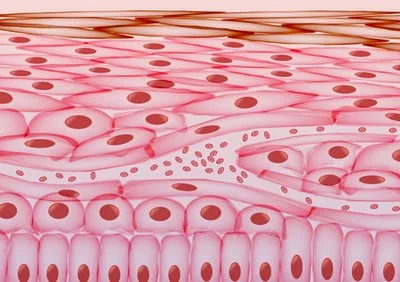
Longevity and Cellular Stress Response
The impact of L-ergothioneine powder and vitamin E on cellular longevity and stress response pathways presents another interesting point of comparison. L-ergothioneine has been dubbed a "longevity vitamin" by some researchers due to its potential role in promoting cellular health and lifespan.
Studies have suggested that L-ergothioneine powder may influence cellular stress response pathways, potentially activating protective mechanisms that enhance cellular resilience. For instance, it has been shown to modulate the expression of genes involved in antioxidant defense and cellular repair processes.
Vitamin E, while also contributing to cellular longevity through its antioxidant actions, primarily acts as a direct antioxidant rather than a modulator of cellular stress responses. Its effects on longevity are largely attributed to its ability to prevent cumulative oxidative damage over time.
The distinct mechanisms of L-ergothioneine powder in cellular defense, particularly its active cellular uptake and potential to modulate stress response pathways, suggest it may offer unique benefits complementary to those of traditional antioxidants like vitamin E.
Synergistic Potential in Cellular Defense
While comparing L-ergothioneine powder and vitamin E, it's important to note that these compounds may work synergistically in cellular defense. Their different mechanisms of action and cellular distributions suggest that a combination of both could provide more comprehensive protection against oxidative stress.
L-ergothioneine powder's ability to function in aqueous cellular environments, coupled with vitamin E's protection of lipid membranes, could offer a multi-faceted approach to cellular antioxidant defense. This potential synergy highlights the importance of considering these compounds as complementary rather than competitive in the context of cellular health and longevity.

Conclusion
L-ergothioneine powder and vitamin E, while both powerful antioxidants, exhibit distinct characteristics in their antioxidant mechanisms, skin protection benefits, and cellular defense capabilities. L-ergothioneine's unique properties, including its active cellular uptake, broad-spectrum antioxidant activity, and potential to modulate cellular stress responses, position it as a valuable complement to traditional antioxidants like vitamin E. The synergistic potential of these compounds suggests that incorporating both in health and skincare regimens could offer comprehensive protection against oxidative stress and promote overall cellular health.
For those interested in exploring the benefits of L-ergothioneine powder, Shaanxi Rebecca Biotechnology Co., Ltd. offers high-quality, natural herbal extracts, including L-ergothioneine. Our commitment to exceptional product quality and advanced production techniques ensures that our L-ergothioneine powder retains its full potency and efficacy. To learn more about our L-ergothioneine powder and other natural extracts, please contact us at information@sxrebecca.com. Discover how our premium products can enhance your formulations and contribute to innovative health solutions.
FAQ
What is the main difference between L-ergothioneine and vitamin E?
L-ergothioneine is water-soluble and actively transported into cells, while vitamin E is fat-soluble and primarily protects cell membranes.
Can L-ergothioneine powder and vitamin E be used together?
Yes, they can work synergistically, offering complementary antioxidant protection in different cellular compartments.
Is L-ergothioneine powder safe for topical use?
L-ergothioneine is generally considered safe for topical application and is used in various skincare products.
How stable is L-ergothioneine powder compared to vitamin E?
L-ergothioneine powder typically shows greater stability in formulations, resisting degradation from light and air exposure better than vitamin E.
Where can I source high-quality L-ergothioneine powder?
Shaanxi Rebecca Biotechnology Co., Ltd. offers premium L-ergothioneine powder. Contact us at information@sxrebecca.com for more information.
References
1. Cheah, I. K., & Halliwell, B. (2012). Ergothioneine; antioxidant potential, physiological function and role in disease. Biochimica et Biophysica Acta (BBA)-Molecular Basis of Disease, 1822(5), 784-793.
2. Schmitt, B., Vicenzi, M., Garrel, C., & Denis, F. M. (2015). Effects of N-acetylcysteine, oral glutathione (GSH) and a novel sublingual form of GSH on oxidative stress markers: A comparative crossover study in healthy volunteers. Redox Biology, 6, 198-205.
3. Yamashita, Y., Yabu, T., & Yamashita, M. (2010). Discovery of the strong antioxidant selenoneine in tuna and selenium redox metabolism. World Journal of Biological Chemistry, 1(5), 144-150.
4. Jiang, Q. (2014). Natural forms of vitamin E: metabolism, antioxidant, and anti-inflammatory activities and their role in disease prevention and therapy. Free Radical Biology and Medicine, 72, 76-90.
5. Saini, R. (2011). Coenzyme Q10: The essential nutrient. Journal of Pharmacy and Bioallied Sciences, 3(3), 466-467.
_1730691017423.webp)

